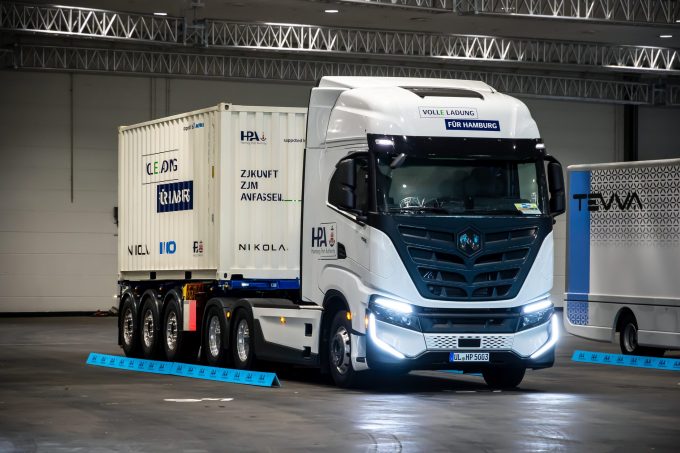Tougher EC emissions rules for hauliers 'could put SMEs out of business'
The stricter emission standards for HGVs adopted yesterday by the European Commission (EC) have been ...

Europe’s legislators must synchronise their green ambitions if they are to have any hope of migrating the continent’s trucking community to sustainable fuel vehicles, it was claimed this week.
Responding to news that the European Parliament was planning to bring forward the deadline for expanding its electric charging network, European Road Hauliers Association secretary general Marco Digioia said more was needed.
“Truckers support the push at both EU and country levels to migrate transport from fossil fuels to green solutions,” Mr Digioia ...
Comment on this article